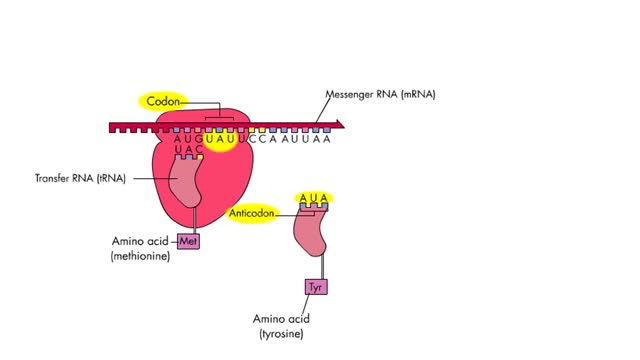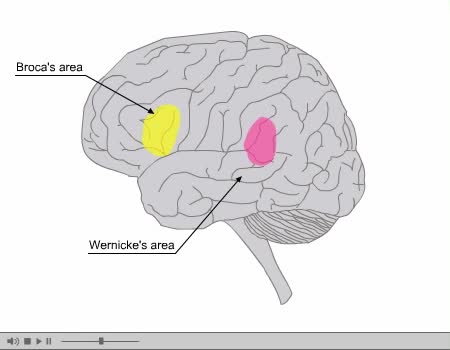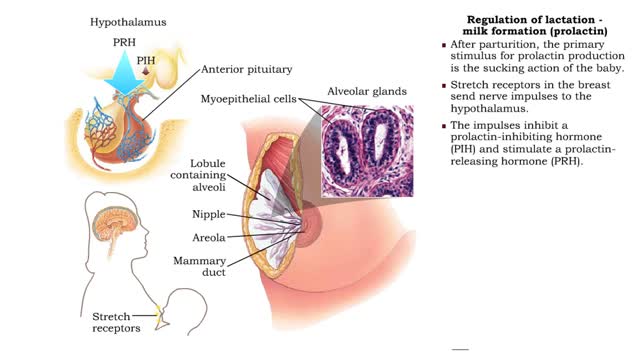Search Results
Results for: 'Initiation'
The 4 steps of translation Animation
By: HWC, Views: 7605
Translation is the process of formation of a polypeptide chain according to codon present in mRNA. The four steps of translation are: Activation or charging of tRNA Initiation – recognition of start codon, binding of ribosomal subunits to mRNA and formation of initiation complex with Met-tR...
By: Administrator, Views: 14915
Specific language areas of the brain. Many cortical (and non-cortical!) regions are involved in language processing. The primary language pathway begins in Wernicke’s area (posterior temporal lobe), which receives information from the auditory and visual cortices and assigns meaning (= lang...
Ionic bonds - role of ions in the body
By: HWC, Views: 11978
Ions • Atoms fill up the outer orbital by transferring electrons from one atom to another. • Atoms now bear a charge and are called ions. • Sodium ion, losing an electron, has a +1 charge. • Chlorine ion, gaining an electron, has a -1 charge. Formation • An ionic bond is t...
By: HWC, Views: 12441
Regulation of lactation - breast preparation • Pregnancy hormones trigger breast changes to prepare for feeding the new baby. • The amount of the hormone prolactin, essential to the initiation of lactation, increases steadily throughout pregnancy. • However, high levels of both estroge...
Nervous pathway to the Neuromuscular (NMJ)
By: HWC, Views: 12182
• A nervous impulse, also called an action potential, starts from the brain or spinal cord to signal skeletal muscle cell contraction. Action potentials continue along a motor neuron to the muscle cell. • The signal to contract must cross a synapse - the neuromuscular junction (NMJ) - betwe...
Advertisement







